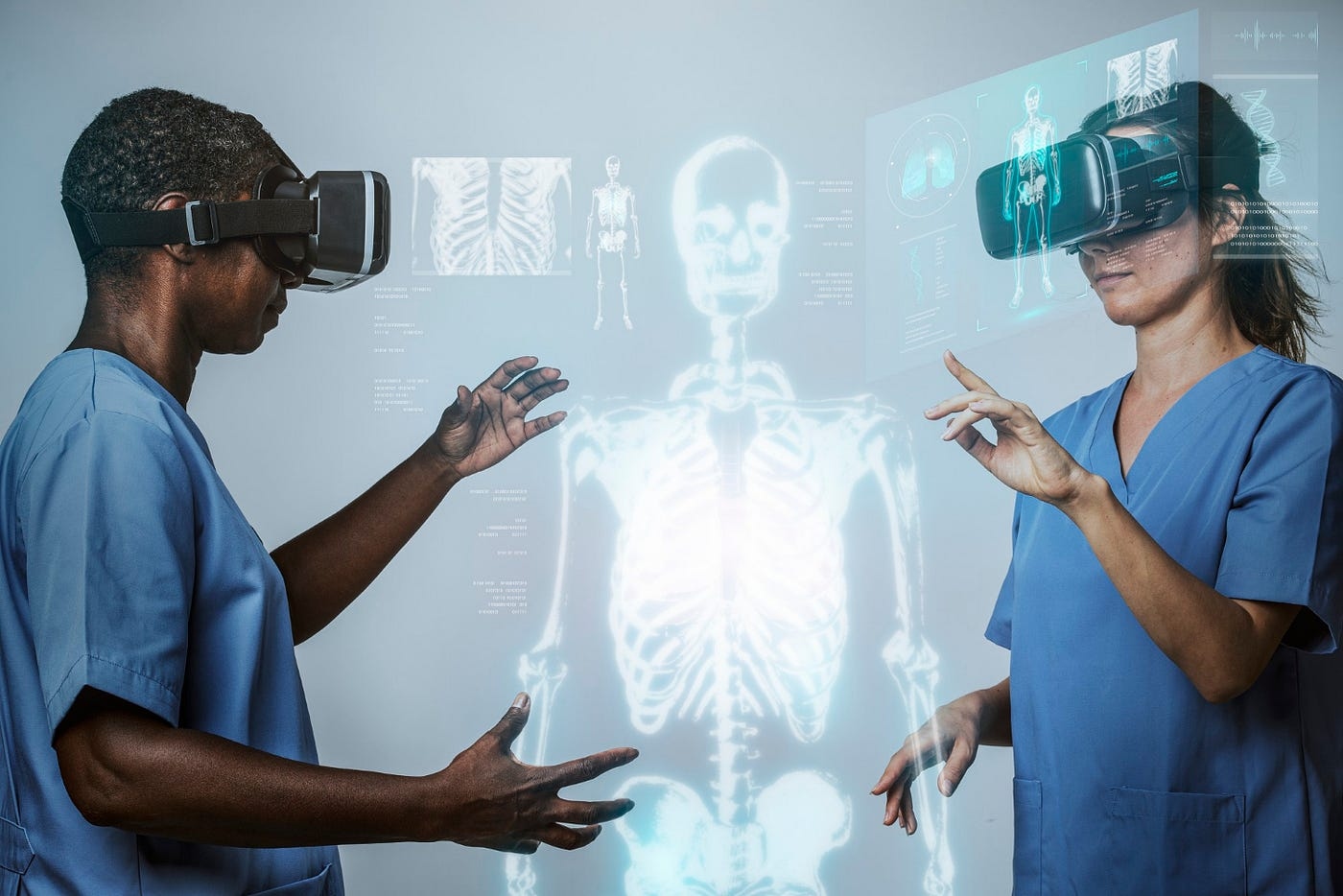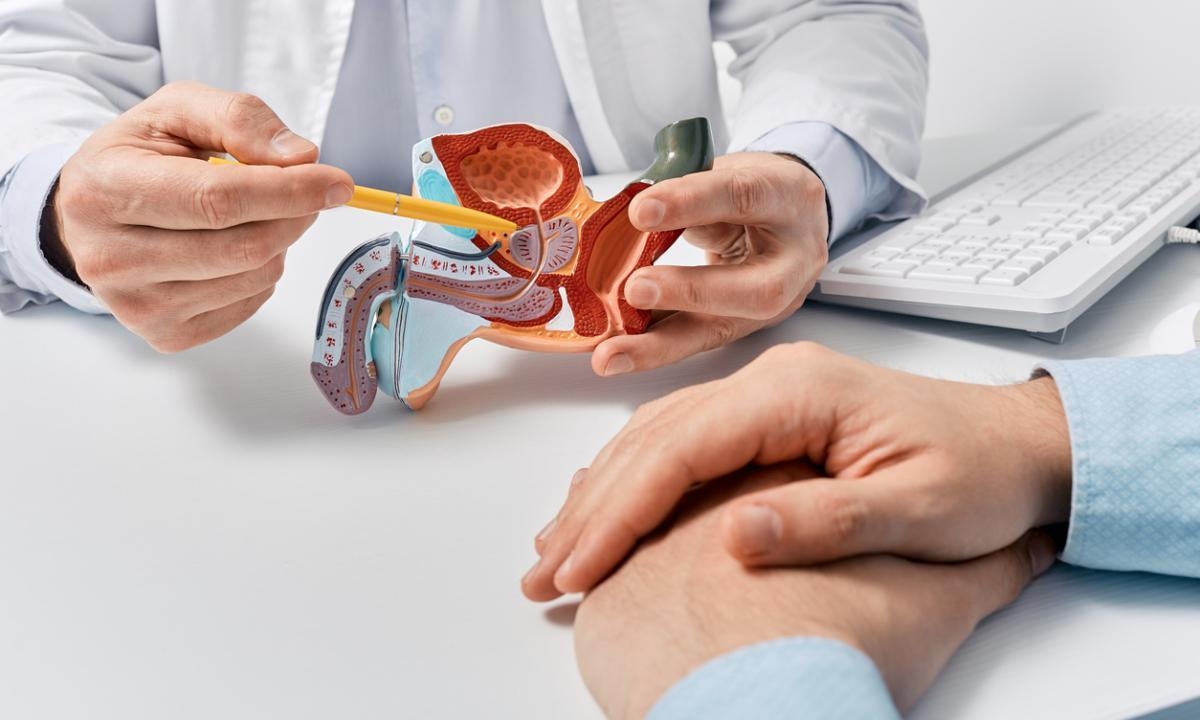
Time Stamping for Dummies
Whenever you take a photo on your digital camera or mobile phone, it puts a time stamp on it, telling you the day and time you took the photo. Likewise, whenever you send an electronic document, like a fax (yes, doctors still do that) or email, it comes with a time stamp. But, in the world of time and space, the accuracy might be low. It is like when your watch starts losing minutes because the battery is running low.
In the world of financial transactions, time is, quite literally, money, given that transactions are generated in fractions of a second. NASDAQ, a leading stock exchange for technology markets, has announced the launch of a precision time-stamping service for tens of billions of dollars of electronic financial transactions each day based on remote provision of NIST official U.S. time.
Coordinated Universal Time (UTC) is the basis for civil time today. This 24-hour time standard is kept using highly precise atomic clocks combined with the Earth's rotation.
Entrepreneurs and product developers in digital health are beginning to understand that it's about time they pay attention to time.
The ability to accurately time-stamp data streams from biomedical devices is critical to facilitating real-time analytics, machine learning, machine to machine (M2M) communication, and many mIoT (Medical Internet of Things) advancements. Here aresome basic terms:
Time synchronization: Aligning inter-biomedical device clocks to a master clock\
Time-stamping: Stamping biomedical device data with time capture information
Other applications include electronic medical record integration and interoperability, creating better AI and ML algorithms, clinical trial management, drug discovery and development and developing and deploying remote sensing technologies as part of the internet of medical things. Some hospitals are even considering manufacturing their own generic drugs so supply chain technologies will be even more important, particularly to prevent counterfeit products.
Data integrity entails that all data collected and stored be correct, traceable and reliable. In the UK, the Medicines and Healthcare Products Regulatory Agency defined data integrity as, “complete, consistent and accurate throughout the data lifecycle.”
The FDA defines it as, “…the completeness, consistency, and accuracy of data. Complete, consistent, and accurate data should be attributable, legible, contemporaneously recorded, original or a true copy, and accurate (ALCOA).”
The acronym ALCOA is used by the FDA, MHRA, and the WHO to describe regulatory expectations on recorded data, including paper-based, electronic, and hybrid. ALCOA is a useful guide to remembering key tenets of data management for GxP compliance.
ALCOA stands for:A = Attributable to person generating the dataL = Legible and permanentC = Contemporaneously recordedO = Original or a true copyA = Accurate
Mother Nature knew the importance of time so she built crystals to measure it.
The expansion of the health data universe will require that we pay attention to valid and auditable time stamping. It's about time. Just don't try to mess too much with Mother Nature.
Arlen Meyers, MD, MBA is the President and CEO of the Society of Physician Entrepreneurs.
Trending
-
1 Mental Health Absences Cost NHS £2 Billion Yearly
Riddhi Doshi -
2 Gut Check: A Short Guide to Digestive Health
Daniel Hall -
3 London's EuroEyes Clinic Recognised as Leader in Cataract Correction
Mihir Gadhvi -
4 4 Innovations in Lab Sample Management Enhancing Research Precision
Emily Newton -
5 The Science Behind Addiction and How Rehabs Can Help
Daniel Hall





Comments